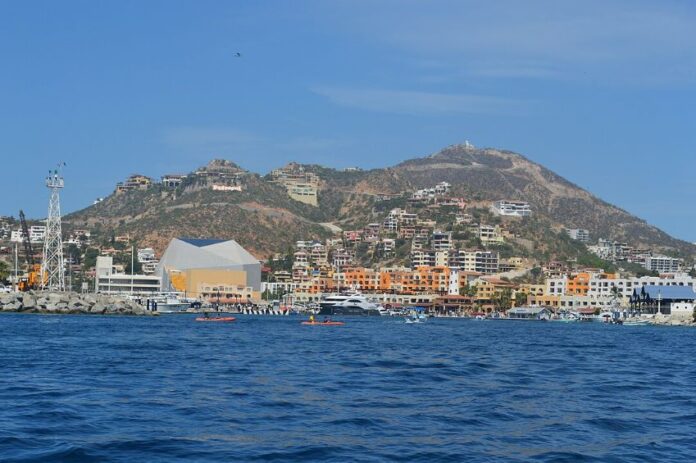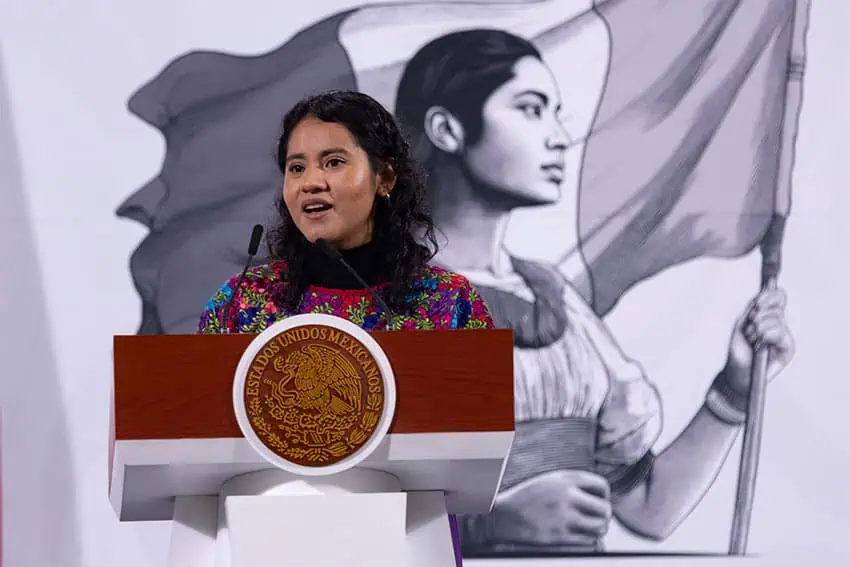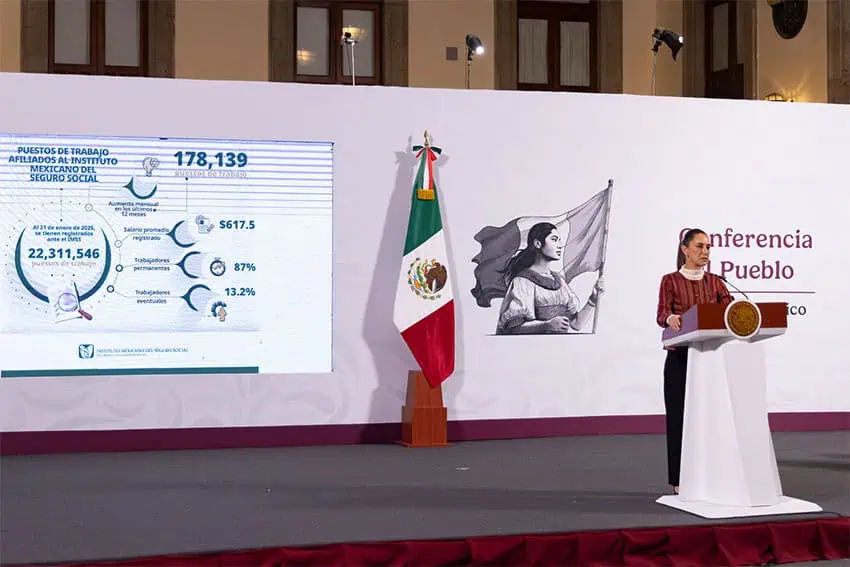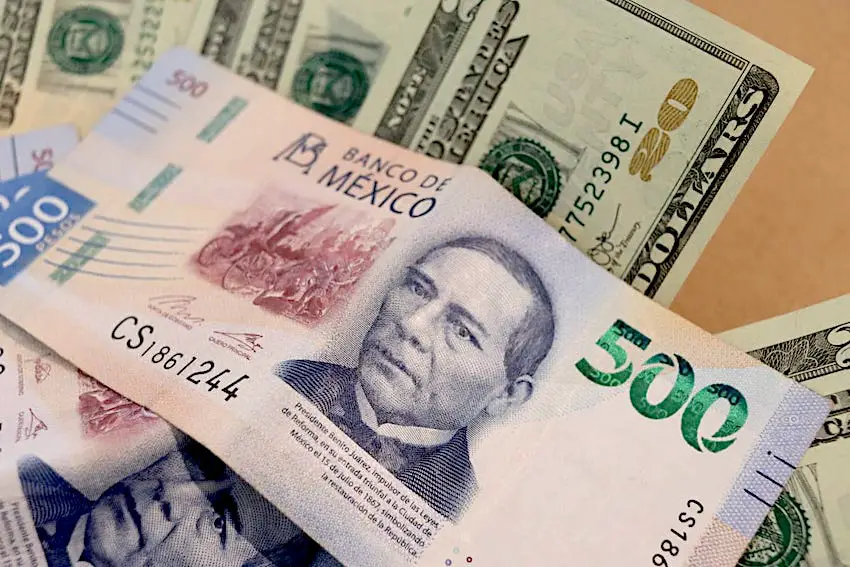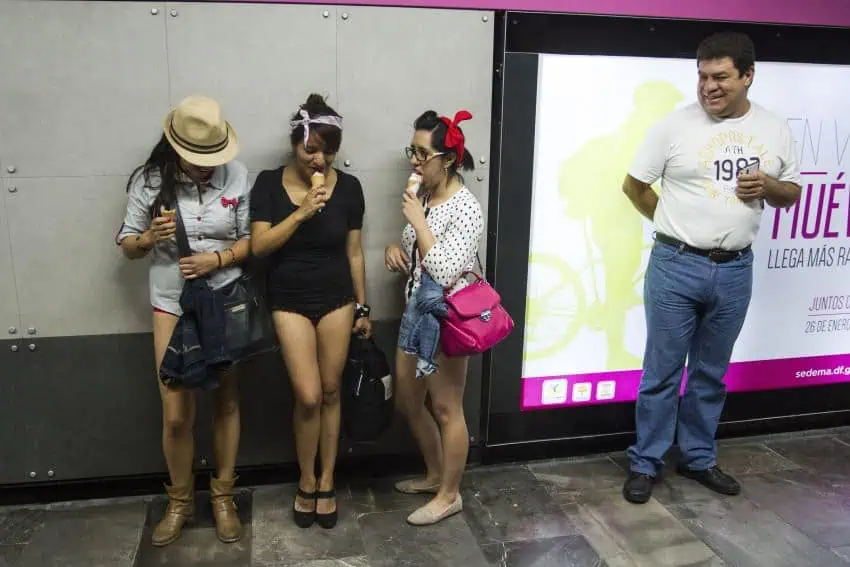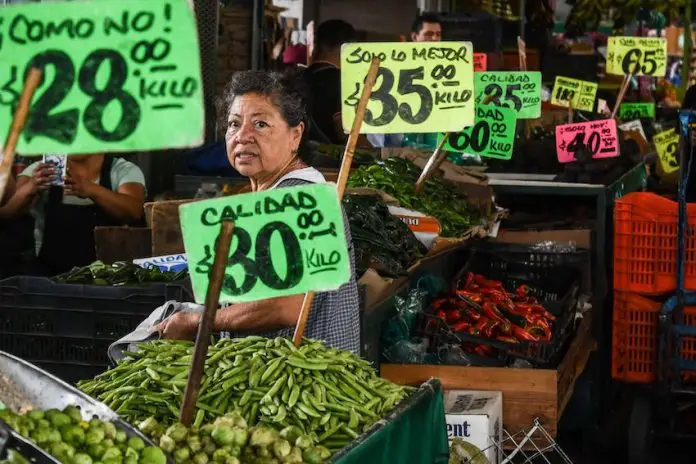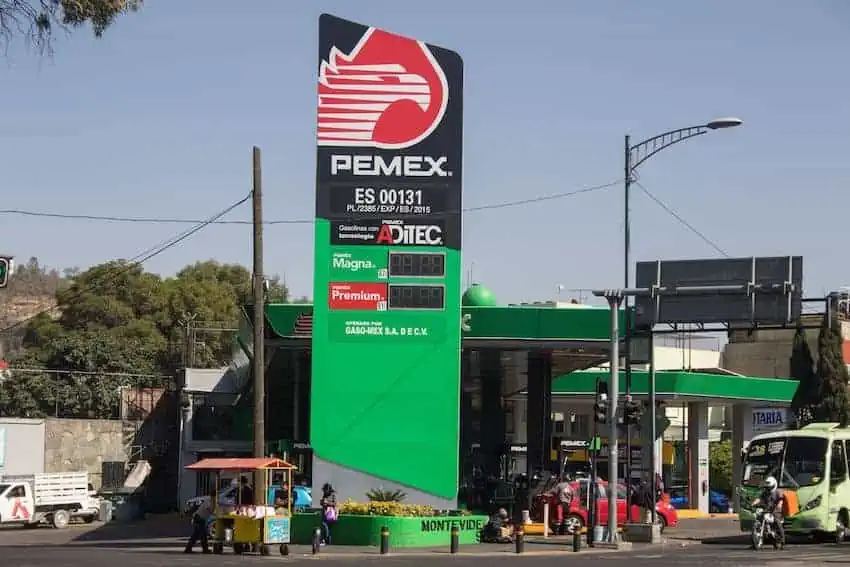Is Los Cabos too expensive? The answer to this question is that there’s no objective answer. Los Cabos has much to offer, from year-round sunshine and gorgeous beaches to world-class resorts, restaurants, spas and golf courses. If the expense of enjoying these various attractions as a resident or vacationer is within your means, then it’s not too expensive. If they’re not, then it is.
However, it’s objectively true that Los Cabos is the most expensive destination in Mexico. That’s true based on virtually any metric you care to use. For example, its home prices are the most expensive in the country. So are the rates for its hotels. Its cost of living may or may not be the highest in a given year, but it’s always near the top.

Pick a category and Los Cabos likely leads the way relative to expense.
The high cost of visiting Los Cabos
Average nightly rates above US $500 didn’t occur until 2023, and the steep upward climb is somewhat recent. For example, the average room rate in 1998 was only about $120 per night. Rates gradually rose over the next two decades but didn’t surpass the $300 average until the pandemic year of 2020, but then shot over $400 by 2022 and crested $500 by February 2023.
But this wasn’t simply a post-pandemic surge. It was decades in the making. In 1991, Ignacio López Bancalari, the regional director for Fonatur, Mexico’s tourism development agency, laid out the plan for the destination. “Once the Conrad Hilton is open, other hotels — Marriott, Hyatt and Sheraton — will come in here. For many years the hotels here have been family-operated, basically 50- to 60-room hotels. We’re approaching a different scale.”
That was the quantitative approach. That a more qualitative approach was fast-tracked post-2010 seems obvious by the upscale shift in hospitality brands: from Marriott, Hyatt and Sheraton to Ritz-Carlton, Four Seasons and Waldorf Astoria. Plans for a Ritz-Carlton were first announced in 2011, for the first of two Four Seasons properties in 2016 and Waldorf Astoria took over the existing The Resort at Pedregal in 2019. More luxury brands have followed as the region has consciously shed its fishing-and-partying past to embrace the high-end market.

That’s the context, but the fact is that Los Cabos has the highest hotel rates in Mexico and it’s not particularly close. The average US $560 room rate in Los Cabos by the end of 2024 was five times higher than that for hotels in Mexico City and more than double the cost for those in popular resort destinations like Cancún and Puerto Vallarta.
Of course, it’s not just room rates that are exorbitant. The 18 and counting golf courses are also expensive, as are the pampering spas and the celebrity chef-helmed signature restaurants, one of which now has a Michelin Guide star and a dozen more of which have achieved Michelin recognition.
Meanwhile, good luck playing golf for under US $400 a round, at least at the most acclaimed courses. There are a handful of publicly accessible loops for less. But aside from the venerable nine-hole Vidanta course, the first course ever built in the area, there are no tee times for a full round available for under $200. Affordable golf no longer exists in Los Cabos.
The high cost of living in Los Cabos
Affordable housing is also in short supply, whether for short-term or seasonal rentals or primary residences. For instance, Airbnb rentals in Los Cabos are at least partly responsible for the housing crisis for locals but have been among the most affordable accommodation options for tourists. Yet Airbnb rentals in Los Cabos have also reportedly risen to become the highest in Mexico.

Housing costs in Los Cabos are likewise the most expensive in Mexico. The real estate boom that began after Hurricane Odile in 2014 has seen demand drive prices ever higher so that by 2024, the Federal Mortgage Corporation’s (SPH) housing cost index index reported prices in Baja California Sur as the highest among Mexican states, and those in Los Cabos the tops among cities, besting even Cancún and doubling the national average.
However, not all the costs can be so easily quantified. The intense demand in the real estate sector has proved extremely profitable to those selling but has also brought significant challenges for lower-income residents. Meaning, that just as Airbnb is forcing out long-time residents by shrinking the inventory of available rental properties while simultaneously driving up prices, the high demand for homes is having a similar displacing effect, forcing people to move outside Cabo San Lucas and San José del Cabo to find more affordable options.
In 2024, land parcels in San José del Cabo increased in price by 54%, while the average price for the 552 homes, 673 condos, and 516 land parcels sold during the year increased by nearly US $100,000, rising from $678,107 to $768,554.
Los Cabos saw slight improvements in the cost of living in 2024
In 2023, Los Cabos also had the highest cost of living in Mexico. But thanks to improvements in economic categories like food and transportation — at least relative to other destinations in the country — Los Cabos climbed out of the cellar in 2024, finishing behind Puerto Vallarta, Monterrey and Mexico City. So it’s not all bad news for budget-strapped locals. That’s at least one ray of light… at least until the 2025 results are announced.
When is it too much?
I noted that answering the question “Is Los Cabos too expensive?” ultimately boils down not to facts, but to one’s individual opinion. For my late friend Juan, a Mexico City native, a taquería became too expensive when tacos cost more than 10 pesos each. Those days are long gone. For me, Los Cabos crossed the Rubicon around the time of the COVID-19 pandemic in 2020. Before then, it was an expensive destination by Mexican standards, but it was still possible to live affordably. In 2025, that’s no longer the case.
Chris Sands is the Cabo San Lucas local expert for the USA Today travel website 10 Best, writer of Fodor’s Los Cabos travel guidebook and a contributor to numerous websites and publications, including Tasting Table, Marriott Bonvoy Traveler, Forbes Travel Guide, Porthole Cruise, Cabo Living and Mexico News Daily. His specialty is travel-related content and lifestyle features focused on food, wine and golf.
